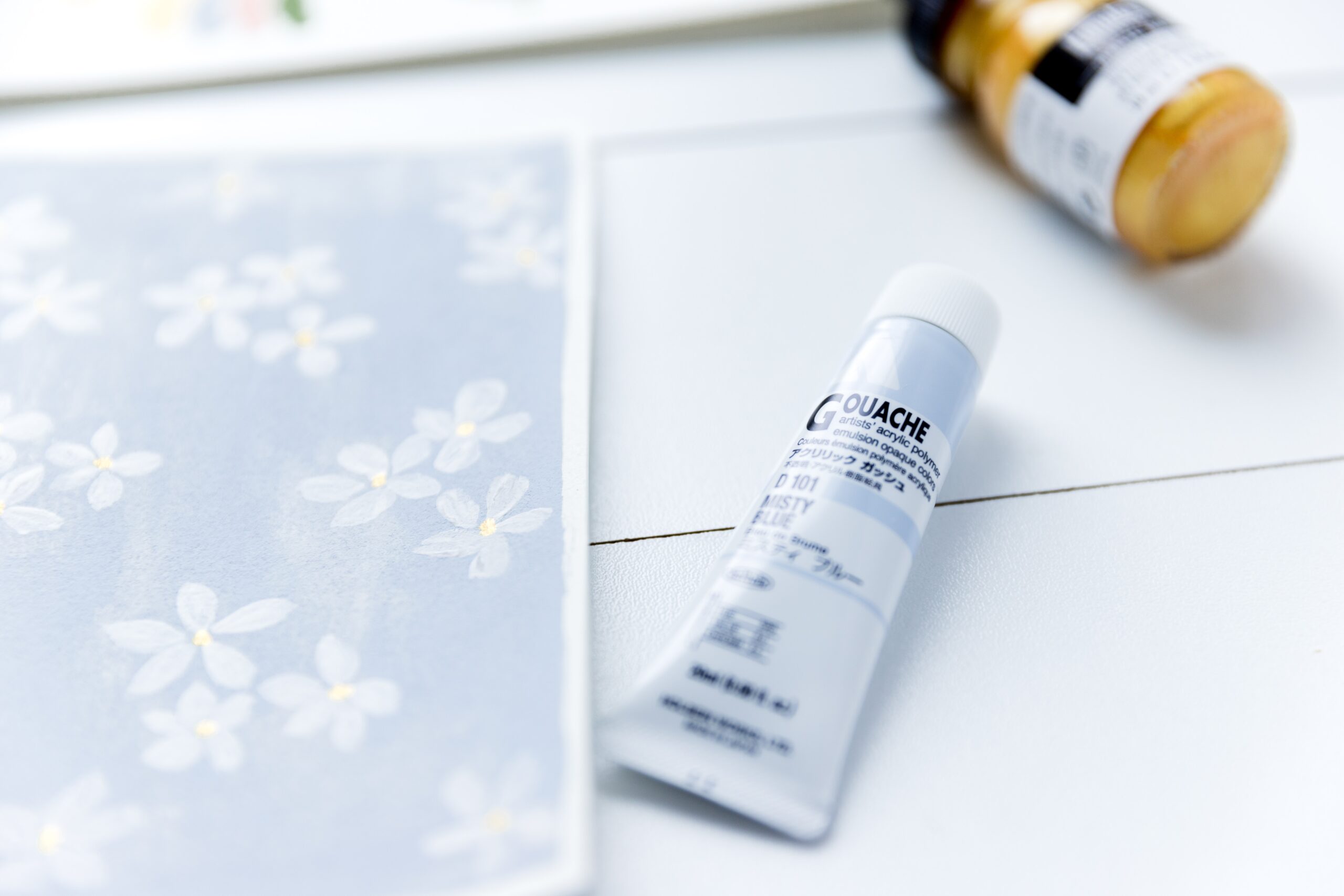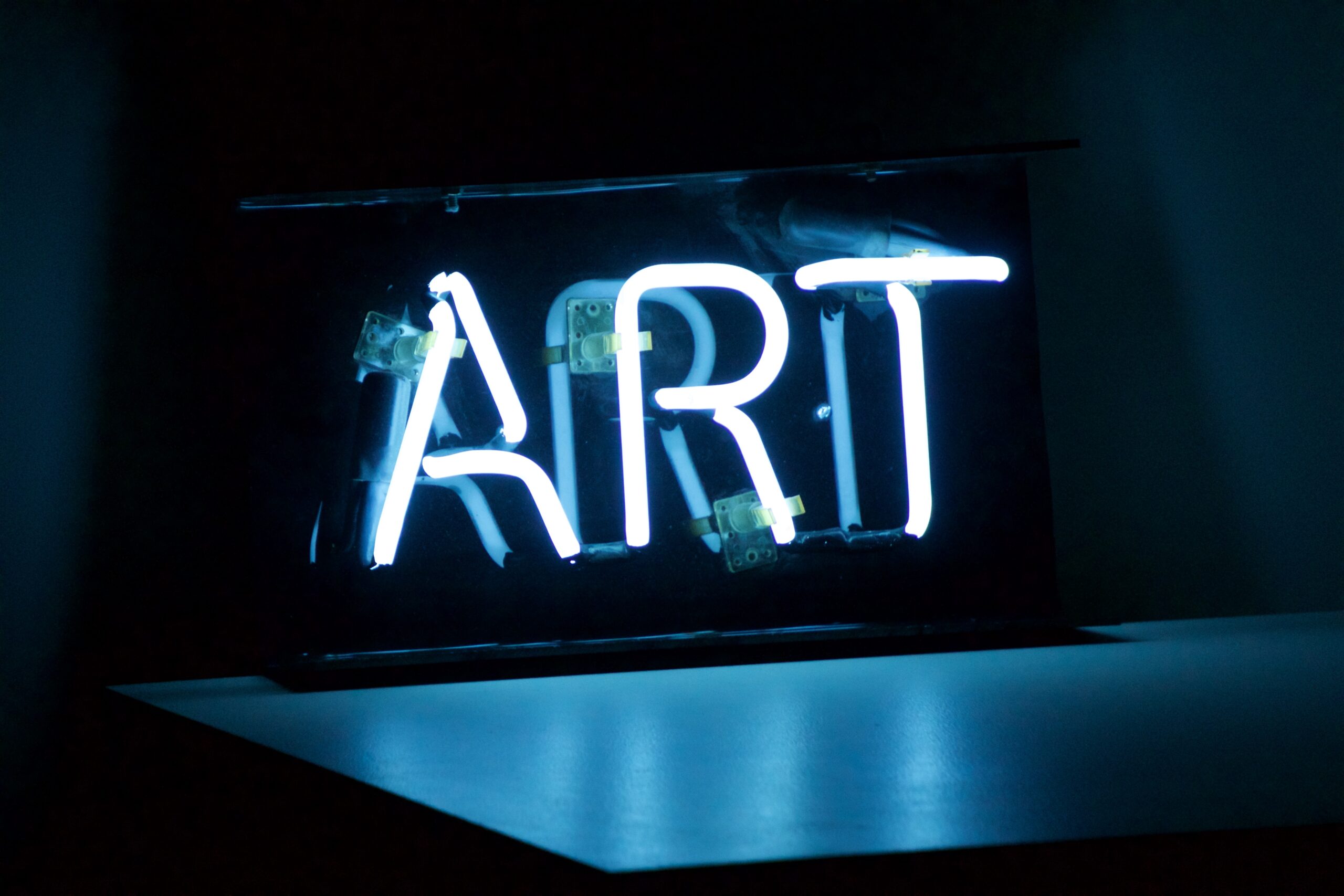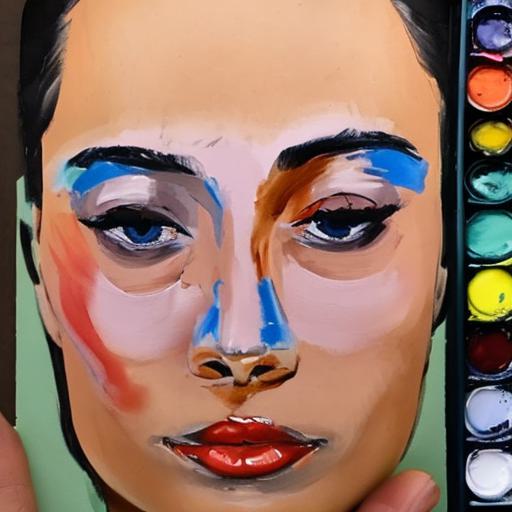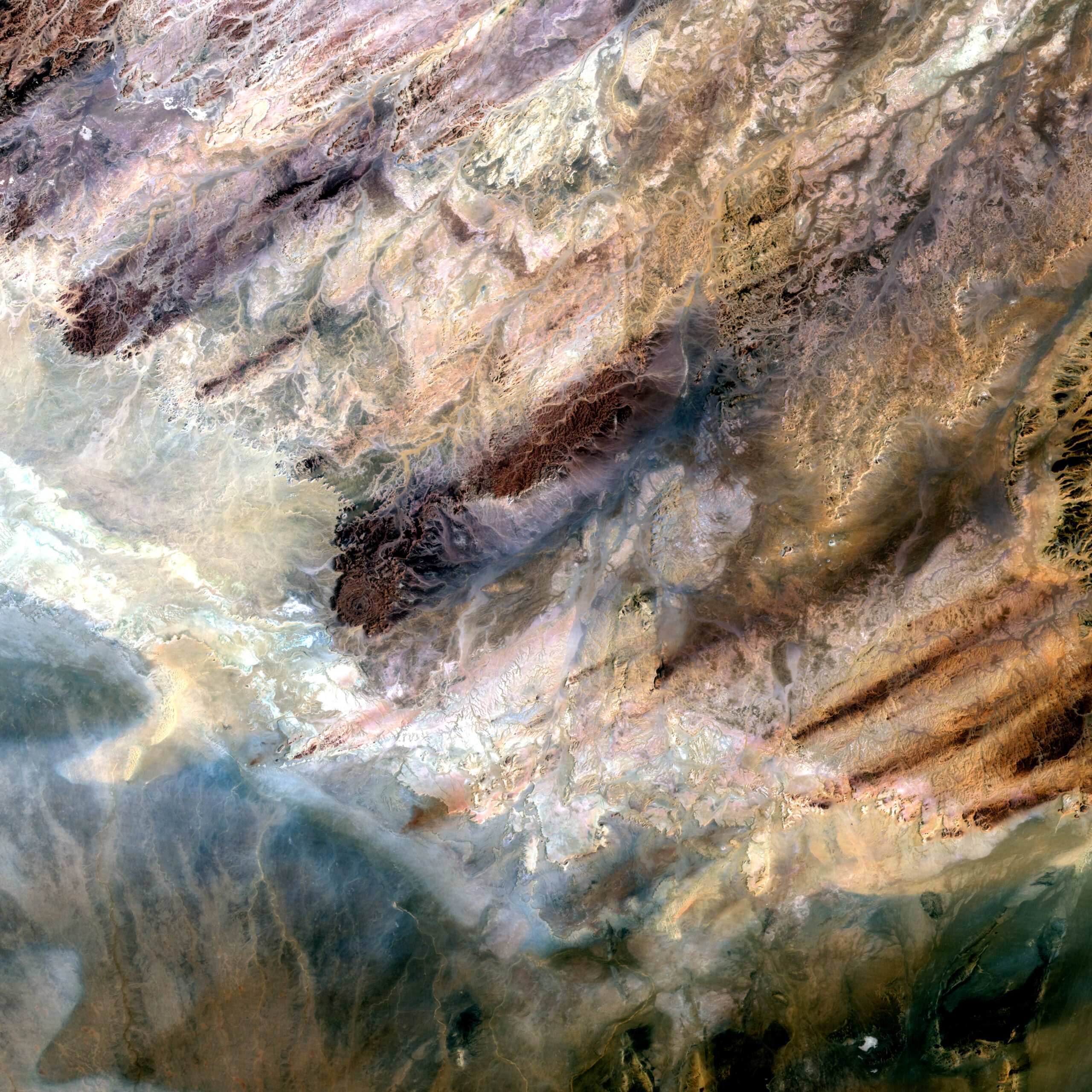Gouache painting, with its vibrant colors and ability to create opaque layers, has gained popularity among artists in recent years. However, there is a common misconception that gouache can only be used on paper. This article aims to debunk this belief by exploring whether it is possible to use gouache paint on canvas, a traditional surface for acrylic and oil painting. By examining the characteristics of gouache paint and the properties of canvas, we will determine if the two can harmoniously coexist, opening up new possibilities for artists seeking to experiment with this versatile medium.
Can You Do Gouache Painting On Canvas
Gouache painting is a versatile and popular medium that has gained significant attention in the art world. It is known for its opaque finish, vibrant colors, and ease of use. While traditionally used on watercolor paper, many artists wonder if it is possible to use gouache on canvas. In this article, we will delve into the process of gouache painting on canvas, discussing the materials needed, techniques involved, and tips for a successful painting experience.
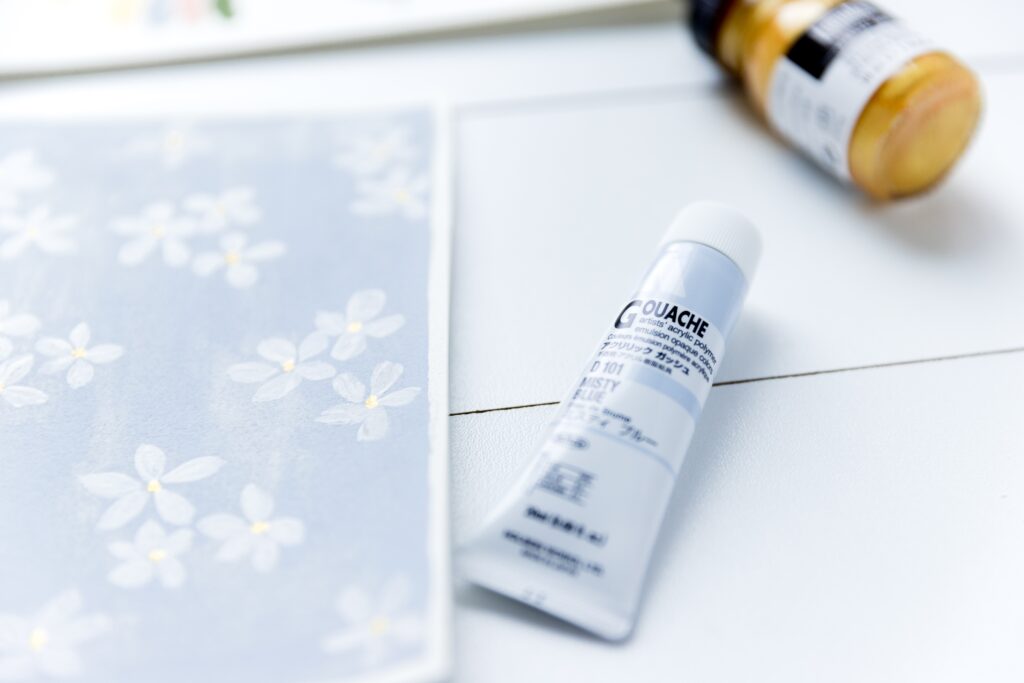
This image is property of images.unsplash.com.
Materials Needed
Before diving into the process of painting with gouache on canvas, it is essential to gather the necessary materials. Here’s a list of items you will need:
-
Gouache Paints: Gouache paints come in tubes and are available in a wide range of colors. Make sure to select high-quality gouache paints that have good coverage and pigmentation.
-
Canvas: Opt for a canvas specifically designed for gouache painting. Look for a sturdy and absorbent canvas with a smooth surface that can handle multiple layers of paint.
-
Brushes: Select a variety of brushes suitable for gouache painting. Flat and round brushes in different sizes will allow you to achieve different effects and details in your artwork.
-
Palette: A mixing palette is essential for blending colors and creating different shades. Choose a palette with ample space for mixing and easy cleaning.
-
Water Container: Keep a container of water nearby to rinse your brushes and dilute the gouache paint as needed.
-
Paper Towels: Have paper towels or a clean cloth handy for drying brushes and wiping any excess paint.
-
Primer: Using a suitable primer is crucial to prepare the canvas for gouache painting. Look for an acrylic gesso primer that provides a smooth and absorbent surface.
-
Masking Tape: To secure your canvas while working, masking tape can be helpful in holding it in place.
Understanding Gouache Paints
Gouache paints are similar to watercolors but contain higher pigmentation, resulting in a more opaque finish. They consist of a binder, usually gum arabic, mixed with pigments. Gouache paints have the advantage of being reactivated with water even after they dry. This allows for easier blending and layering, making them a popular choice for artists.
Preparing the Canvas
Before applying gouache on canvas, it is crucial to prepare the surface properly. Start by ensuring that the canvas is free from dust and debris. Lightly dust the surface using a clean cloth or brush. Next, secure the canvas on a flat surface using masking tape. This will prevent it from moving or wrinkling while you work.
Priming the Canvas
Primers are essential to create a suitable surface for gouache painting on canvas. Apply a layer of acrylic gesso primer evenly across the canvas using a large brush or a roller. Let the primer dry completely according to the manufacturer’s instructions. Once dry, you can lightly sand the primed surface to achieve a smoother texture if desired.

This image is property of images.unsplash.com.
Applying Gouache on Canvas
Now that your canvas is primed and prepared, it’s time to start painting with gouache. Begin by mixing the desired colors on your palette. Gouache paints can be diluted with water, but be cautious not to add too much, as it can affect the opacity and vibrancy of the colors. Load your brush with the desired color and apply it to the canvas in smooth, controlled strokes.
Layering Techniques
One of the advantages of using gouache is its ability to layer colors and create depth in your artwork. To achieve this, allow each layer to dry completely before adding the next one. This will prevent the colors from blending and losing their vibrancy. Build up the layers gradually, working from light to dark, to achieve the desired effect.
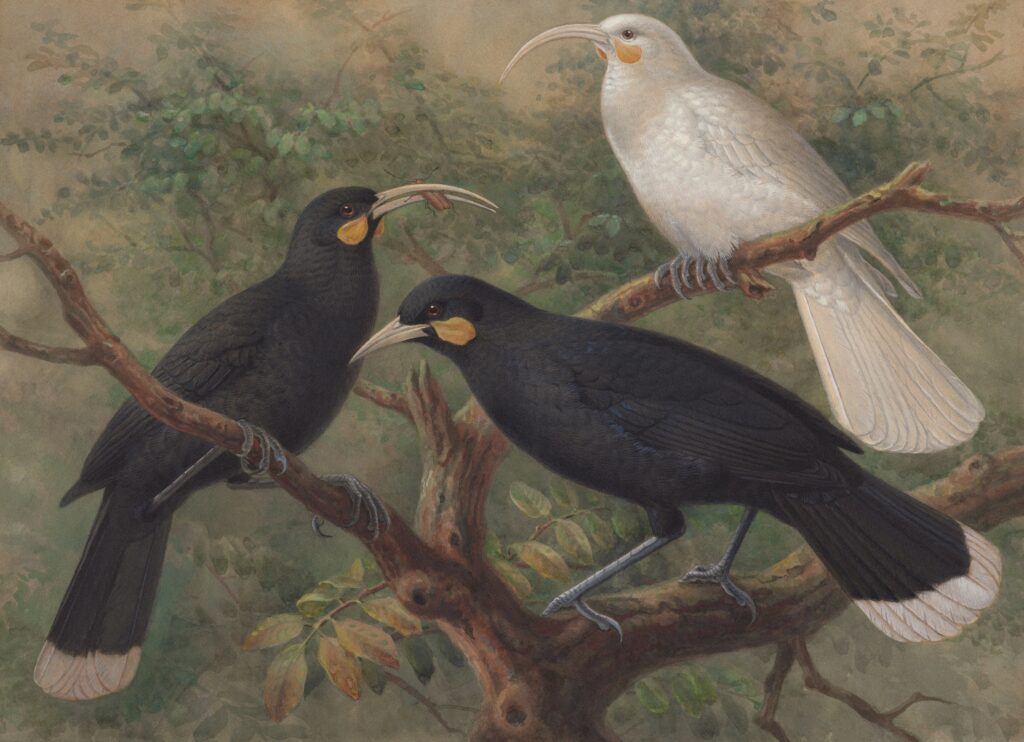
This image is property of images.unsplash.com.
Blending Techniques
Gouache allows for seamless blending of colors, adding softness and transitions to your artwork. Wet-on-wet blending involves applying wet paint to a damp surface, allowing the colors to merge smoothly. Wet-on-dry blending, on the other hand, involves applying wet paint to a dry surface, creating sharper edges and contrasts. Experiment with different blending techniques to create unique effects.
Dry Time and Preservation
Unlike watercolors, gouache paints dry quickly due to their higher pigment concentration. However, it’s essential to let each layer dry completely before applying additional layers to avoid smudging or muddying the colors. Once your gouache painting is complete, it is advisable to apply a fixative spray to protect it from dust and moisture. This will ensure its longevity and preservation.

Finishing and Framing
After your gouache painting is fully dry and protected, it’s time to consider the finishing touches and framing options. You can choose to varnish your artwork to enhance the richness of the colors and protect the surface further. When it comes to framing, opt for a frame that complements the style and theme of your painting. Consider using acid-free materials to prevent any damage to the artwork over time.
Tips and Troubleshooting
Here are some additional tips and troubleshooting suggestions to assist you in your gouache painting journey:
-
Experiment: Gouache painting offers a wide range of possibilities. Experiment with different techniques, textures, and color combinations to develop your unique style.
-
Layering: Be patient and allow each layer to dry fully before adding subsequent layers. This will ensure the colors remain vibrant and do not become muddy.
-
Fine Details: Gouache paints allow for precise and intricate details. Use a small brush and thin layers of paint to achieve finer details in your artwork.
-
Mistakes: Gouache paints can be easily corrected, even after they dry. If you make a mistake, wait for the paint to dry completely, and then gently scrape or lift off the unwanted paint using a dry brush or a piece of tape.
-
Clean Brushes: Clean your brushes thoroughly after each painting session to maintain their longevity. Gouache paints can be challenging to remove once they dry.
By following these guidelines and practicing regularly, you can confidently create stunning gouache paintings on canvas. Embrace the versatility and vibrant nature of gouache, and let your creativity shine through your artwork.

